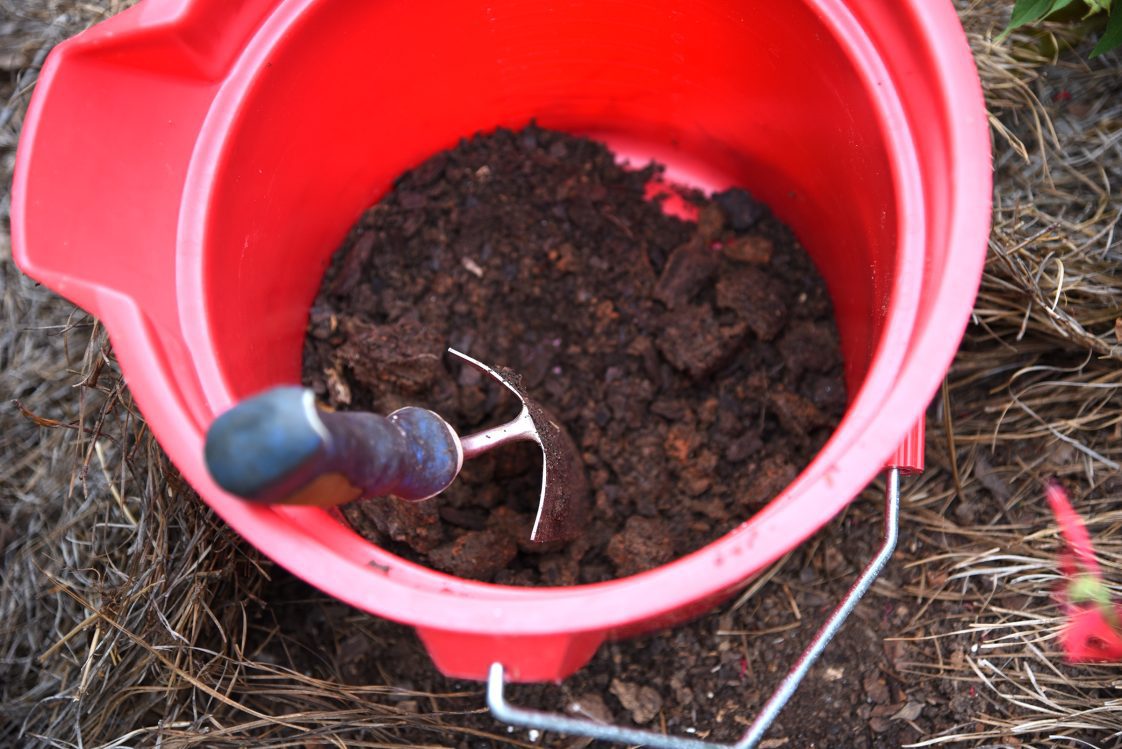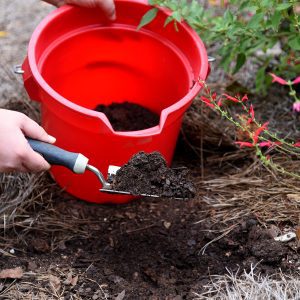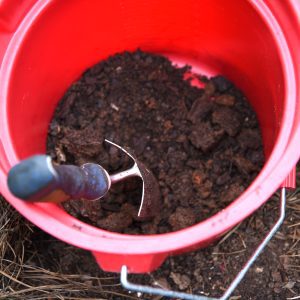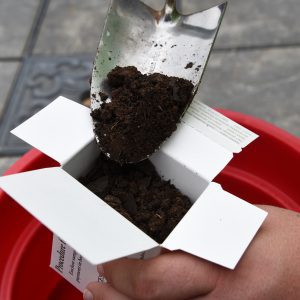Crop Production

Learn the proper method and procedure for collecting a soil sample for heavy metal analysis. Laboratory testing is the best way to determine levels of heavy metals in your soil.
The Environmental Protection Agency (EPA) uses the term “heavy metals” to describe metallic elements with a high weight and density compared to water. Heavy metals occur naturally in the environment, but they can pose a health risk when excessive amounts are present in soil. Soil can become contaminated with heavy metals through natural processes or human activities. Examples of metal contaminants include arsenic, cadmium, chromium, and lead. Sources of contamination can include industrial wastes, mine tailings, pesticide applications, lead paints, or other sources. The best way to know about the levels of heavy metals in your soil and the risk to you and your property is through laboratory testing.
Collecting Soil Samples
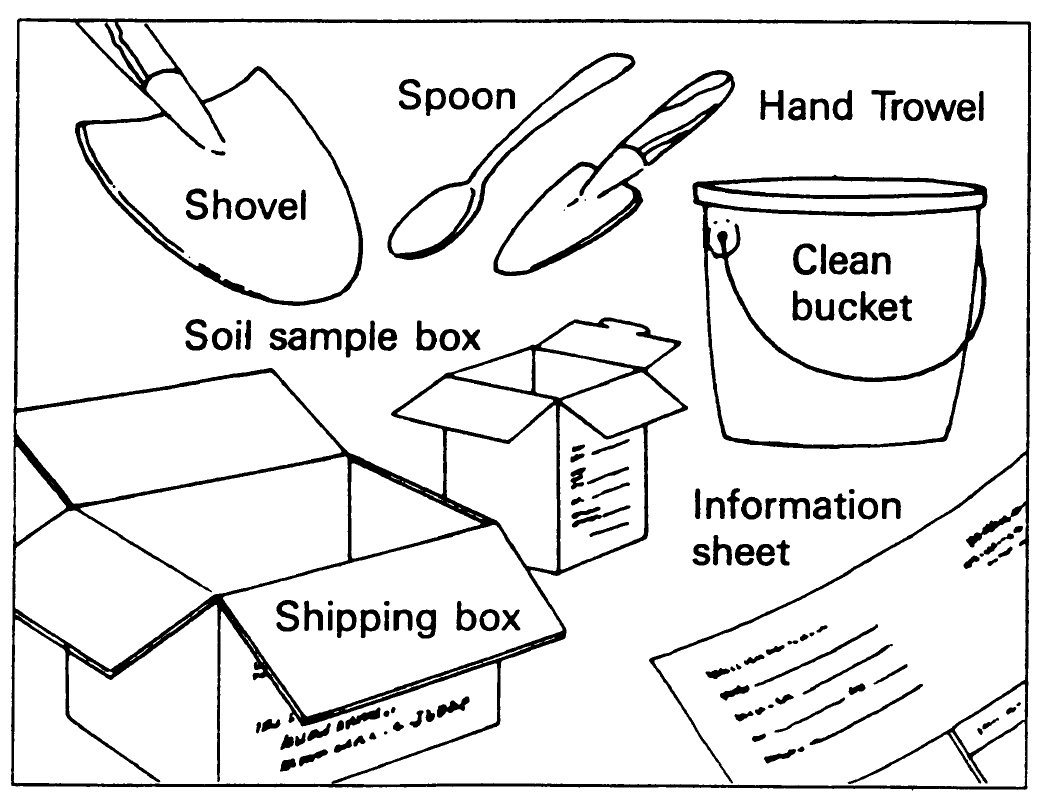
Figure 1. Supplies needed for taking home soil samples.
The Auburn University Soil, Water, and Forage Testing Laboratory offers soil testing for potential heavy metal contaminants. A soil analysis is only as good as the soil sample submitted. Every square foot of soil can be different, and contaminants can vary across the surface and with the depth of the soil. It is important that you take a composite soil sample of the area to be tested. A composite sample is a collection of 15 to 20 uniform cores or slices of soil taken from random spots in each area of concern.
The following guidelines should help you collect the proper soil samples:
Identify your sampling area(s). Collect separate soil for each area of concern. For example, on properties where old buildings containing lead paint are a concern, collect separate samples next to the building (area at highest risk for contamination) and farther from the building (lowest risk for contamination).
Ensure that you have the supplies needed for collecting your sample (figure 1). You will need a clean shovel, hand trowel, or soil probe to collect your soil samples. You will also need a clean bucket, a soil sample box, and a Non-Standard Soil Sample Submission Form available on the Auburn University Soil, Forage, and Water Testing Laboratory website under Other Testing & Analysis. Soil sample boxes, sample submission forms, and other supplies for soil testing are available at your county Extension office. Find the location of county offices on the Alabama Extension website at www.aces.edu.
Collect your samples. For each sampling area, take 15 to 20 uniform cores or slices approximately 6 inches deep and place them in your clean bucket. Mix the soil well and place about 1 pint of the mixture into a soil sample box. See figures 2, 3, 4, and 5.
- Figure 2. Place samples from a given area into a clean bucket.
- Figure 3. Mix individual cores or slices in bucket. Remove about 1 pint to use as a composite sample.
- Figure 4. Place about 1 pint of the mixture into a soil sample box.
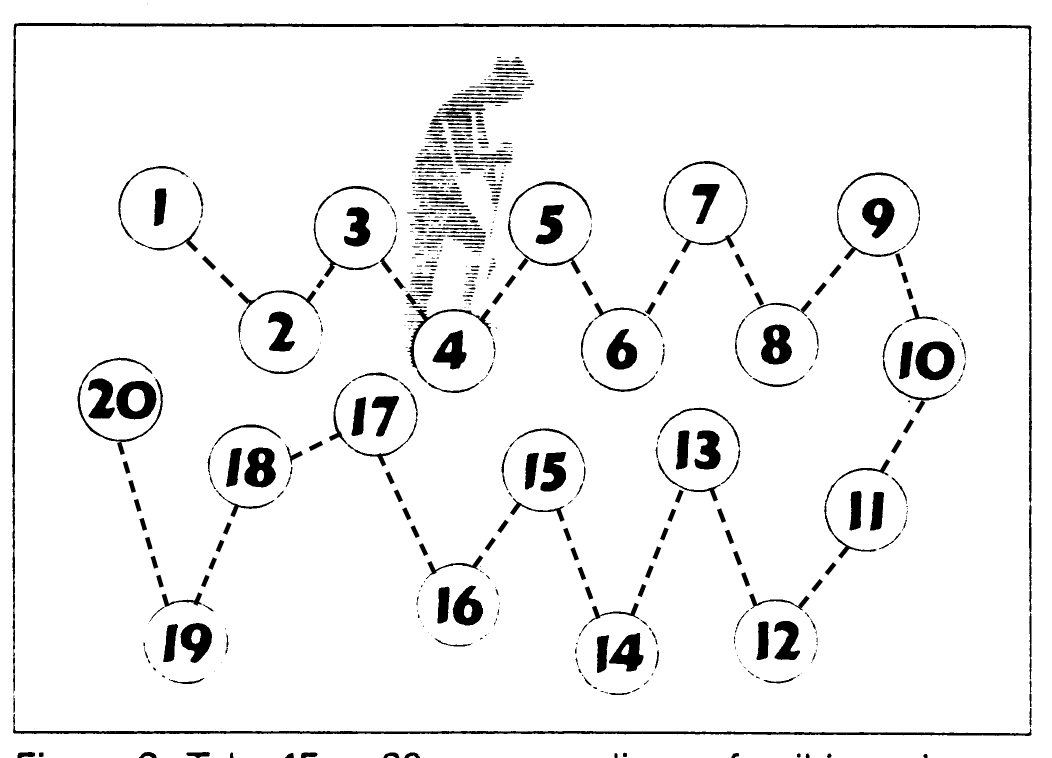
Figure 5. Take 15 to 20 cores or slices of soil in a zig-zag pattern from throughout the sampling area.
Fill out your sample submission form. Remember to fill in the information on the soil sample box and the Non-Standard Soil Sample Submission Form as completely as possible. To receive an analysis of heavy metals and other elements, check the box for S110 Total Elemental Digestion.
Mail your sample. When mailing your samples, enclose the filled soil box, completed Non-Standard Soil Sample SubmissionForm (figure 6), and check or money order (payable to AU Soil Testing Lab) in a cardboard shipping box. You can also contact the lab to make a credit card charge. Do not send cash. Ensure that the box is securely closed and prepay by parcel post to the following:
- Soil, Forage, and Water Testing Laboratory
- 961 S. Donahue Drive
- Auburn University, AL 36849
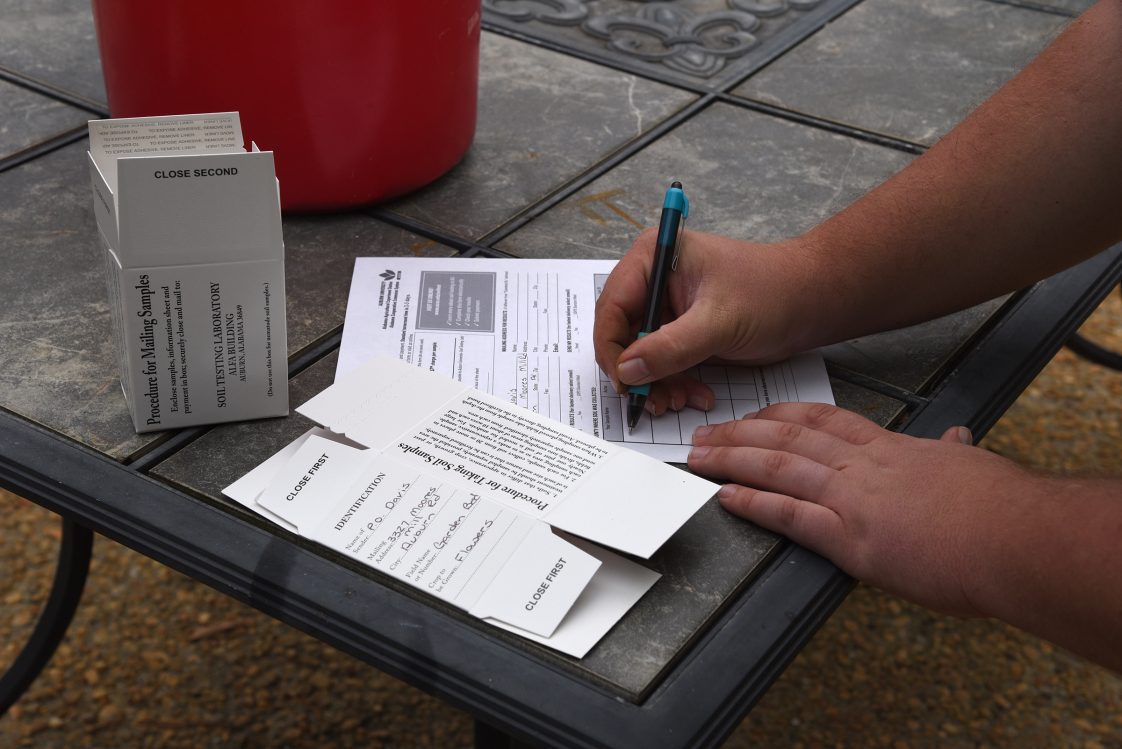
Figure 6. Fill out the information on the soil sample box and information sheet as completely as possible to ensure accurate recommendations.
 Alexa Kloske, Undergraduate Research Assistant, and Audrey Gamble, Associate Professor, both in Crop, Soil, and Environmental Sciences, Auburn University
Alexa Kloske, Undergraduate Research Assistant, and Audrey Gamble, Associate Professor, both in Crop, Soil, and Environmental Sciences, Auburn University
New October 2023, Testing Your Soil for Heavy Metals, ANR-3035

